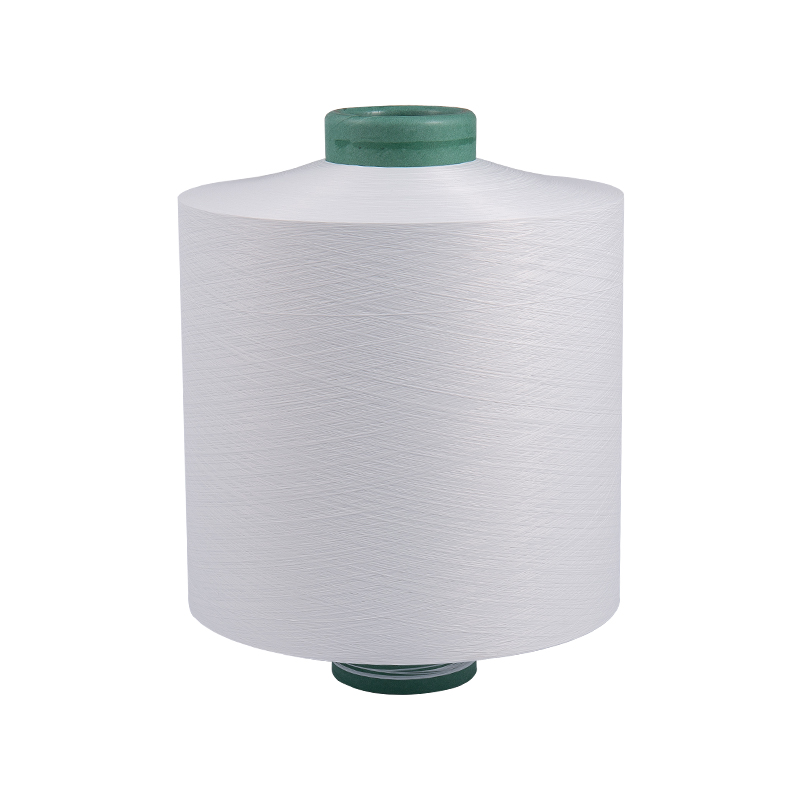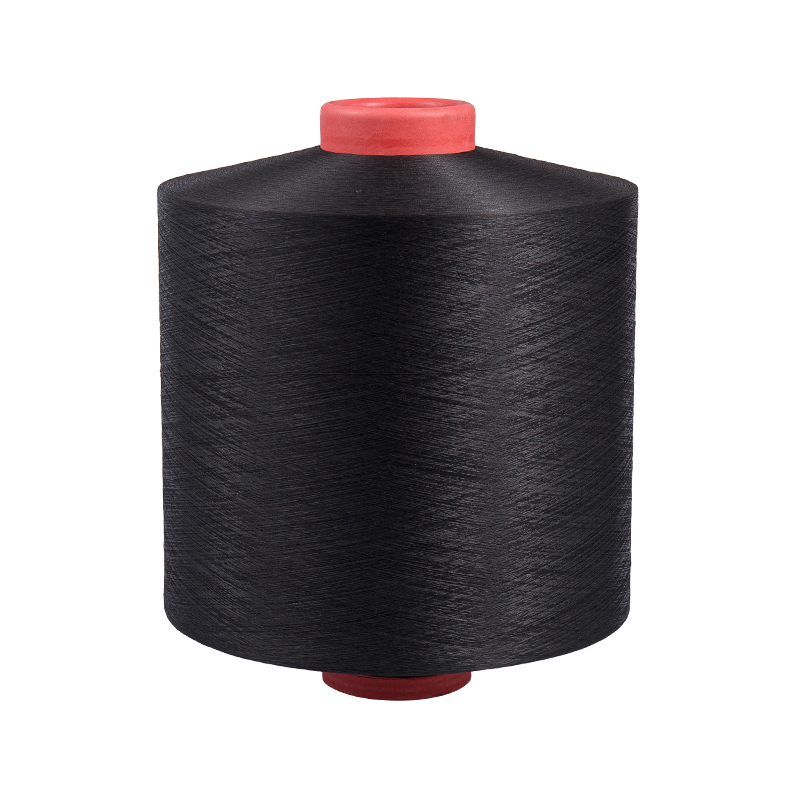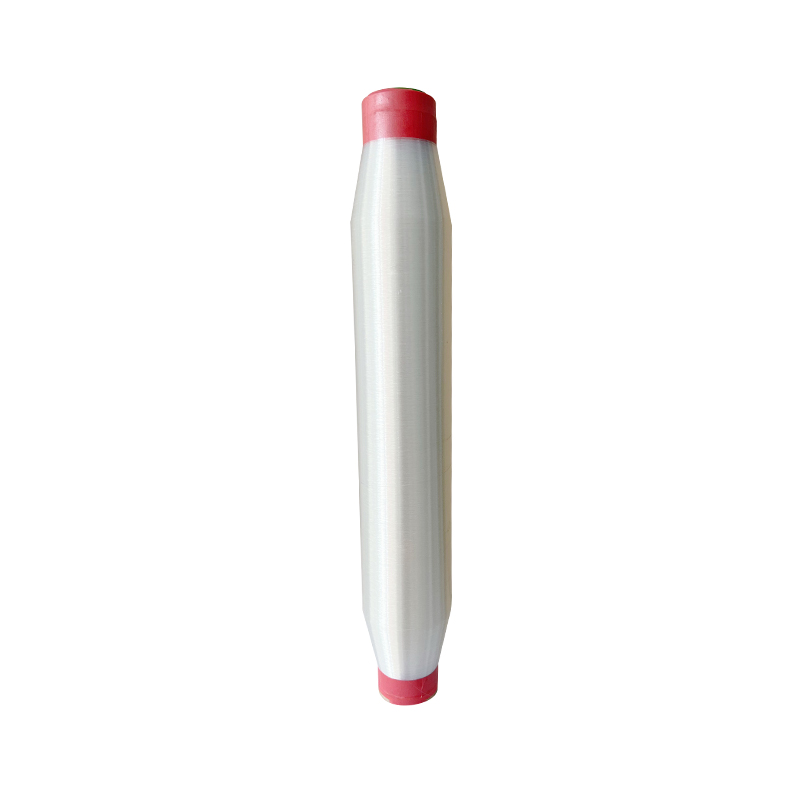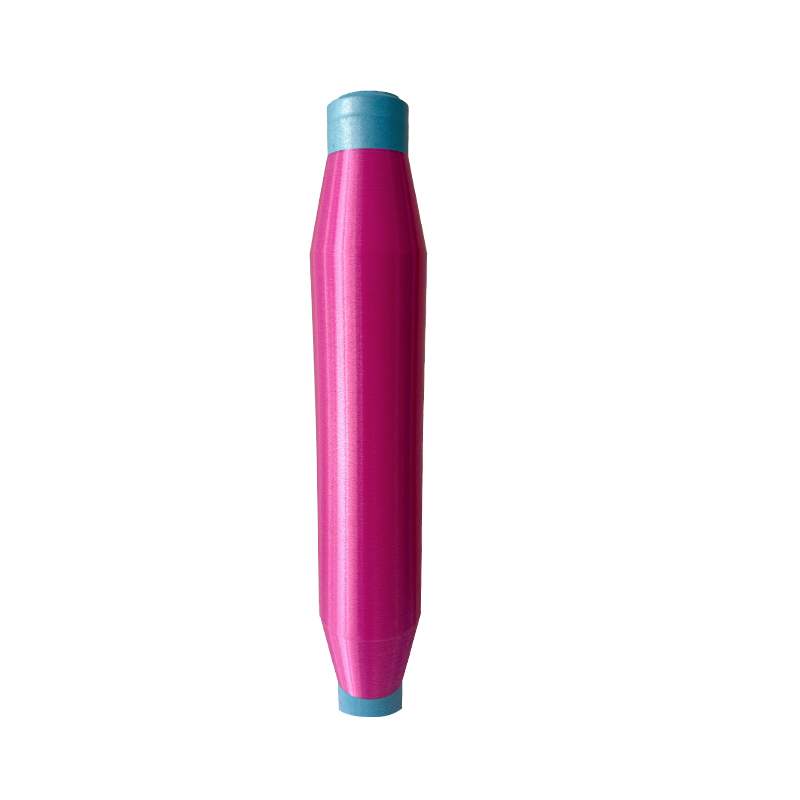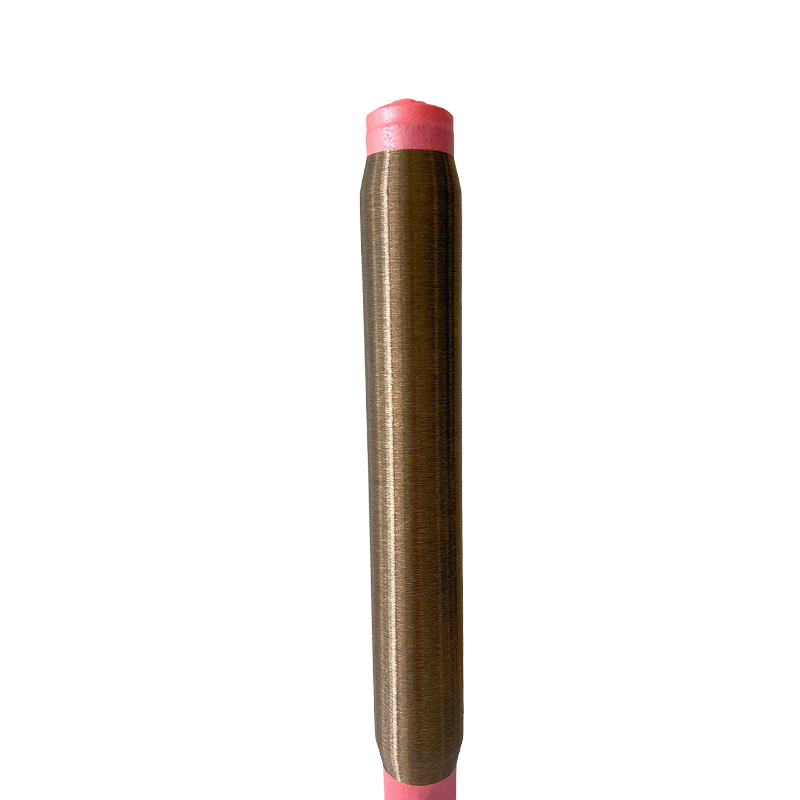Manufacturing Processes That Create the Glossy Appearance of Polyester DTY
2025-09-22
Glossy Polyester DTY (Draw Textured Yarn) is widely used in apparel, home textiles, and industrial fabrics for its shiny surface, smooth handfeel, and high aesthetic appeal. The characteristic gloss of this yarn is not only a result of the raw polyester polymer but also a combination of precise manufacturing processes, including drawing, texturing, heat setting, and finishing. Understanding these processes is crucial for fabric manufacturers and designers who want consistent shine and performance in their products.
Content
1. Polymer Selection and Extrusion
The glossy appearance begins at the polyester filament stage:
- High-quality PET (polyethylene terephthalate) polymers are selected for their clarity and uniformity.
- During melt spinning, polymer is extruded through fine spinnerets, creating smooth, uniform filaments.
- Cooling conditions immediately after extrusion affect the surface texture; controlled quenching ensures filaments remain smooth and minimize surface irregularities that could reduce luster.
A smoother filament surface at this stage is foundational for achieving a high-gloss DTY.
2. Drawing Process
The drawing process is critical in developing both mechanical strength and surface properties of polyester yarn:
- Filaments are stretched under controlled temperature and tension, aligning molecular chains and increasing crystallinity.
- Higher crystallinity improves light reflection along the filament surface, contributing to a glossy, lustrous appearance.
- Draw ratios, drawing speed, and temperature settings can be adjusted to fine-tune yarn elongation, strength, and shine.
In glossy DTY, the drawing stage is carefully calibrated to maximize surface smoothness and reflective properties.
3. Texturing (False Twist Texturing)
Texturing transforms the smooth, straight filament into draw textured yarn, adding elasticity, bulk, and tactile softness:
- False twist texturing is the most common method for producing Glossy DTY.
- Filaments are twisted, heat set, and untwisted in a single continuous process, creating bulk and stretch while retaining a smooth outer surface.
- Controlling twist levels is essential: low or moderate twist preserves surface smoothness and enhances light reflection, whereas excessive twisting can dull the yarn.
The combination of heat, tension, and twist produces a yarn that is both soft, stretchable, and highly glossy.
4. Heat Setting
Heat setting stabilizes the yarn’s dimensional and surface properties, locking in both elasticity and luster:
- The yarn passes through high-temperature ovens for a short period, allowing molecular chains to relax and set in their final configuration.
- Proper heat setting ensures minimal surface irregularities, which maximizes reflectivity and shine.
- Fine-tuning temperature and dwell time is critical: excessive heat may reduce gloss, while insufficient heat may result in unstable yarn with lower luster.
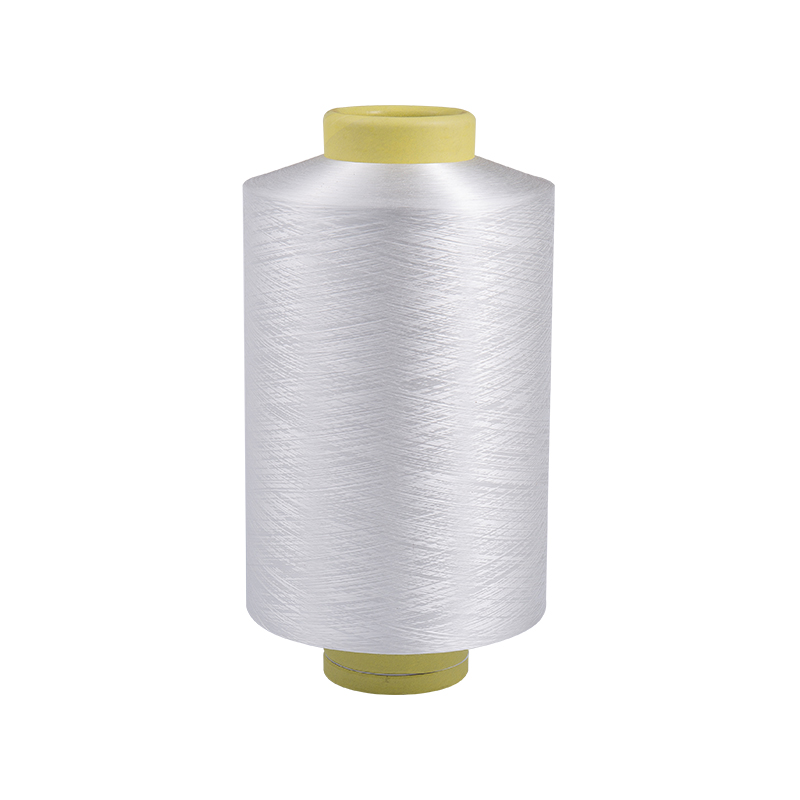
5. Post-Texturing Finishing
Some manufacturers apply additional finishing techniques to enhance yarn gloss:
- Mechanical polishing or calendaring: Passing yarn or fabric through heated rollers can smooth the surface further, increasing reflective properties.
- Chemical finishes: Low-viscosity, non-silicone finishes may be applied to reduce friction and slightly enhance surface shine.
- Moisture and thermal conditioning: Controlled steaming or annealing after texturing can improve uniformity and luster.
These finishing steps are optional but often used to achieve premium-grade glossy DTY for high-end textiles.
6. Quality Control for Glossy Appearance
Maintaining consistent gloss requires rigorous monitoring of each process step:
- Filament surface inspection after extrusion
- Tension and temperature control during drawing and texturing
- Twist and heat setting precision
- Yarn diameter and surface uniformity checks
Proper quality control ensures that the final DTY exhibits uniform gloss, smooth handfeel, and excellent drapability, meeting the standards of fashion, sportswear, and home textile applications.
7. Applications Benefiting from Glossy DTY
- Fashion and apparel: Dresses, shirts, skirts, and activewear with a lustrous finish.
- Home textiles: Curtains, upholstery, and bed linens with visual appeal and soft touch.
- Industrial fabrics: High-strength yarns for decorative woven or knitted applications.
The combination of sheen, elasticity, and strength makes Glossy Polyester DTY versatile for both aesthetic and functional purposes.
Conclusion
The glossy appearance of polyester DTY results from a combination of careful polymer selection, extrusion, drawing, texturing, heat setting, and optional finishing treatments. Each stage enhances filament smoothness, molecular alignment, and surface reflectivity, producing yarn that is not only durable and stretchable but also visually attractive. Manufacturers who control these parameters precisely can produce high-quality glossy DTY suitable for fashion, home textiles, and specialty applications.




 English
English 中文简体
中文简体 Español
Español عربى
عربى

